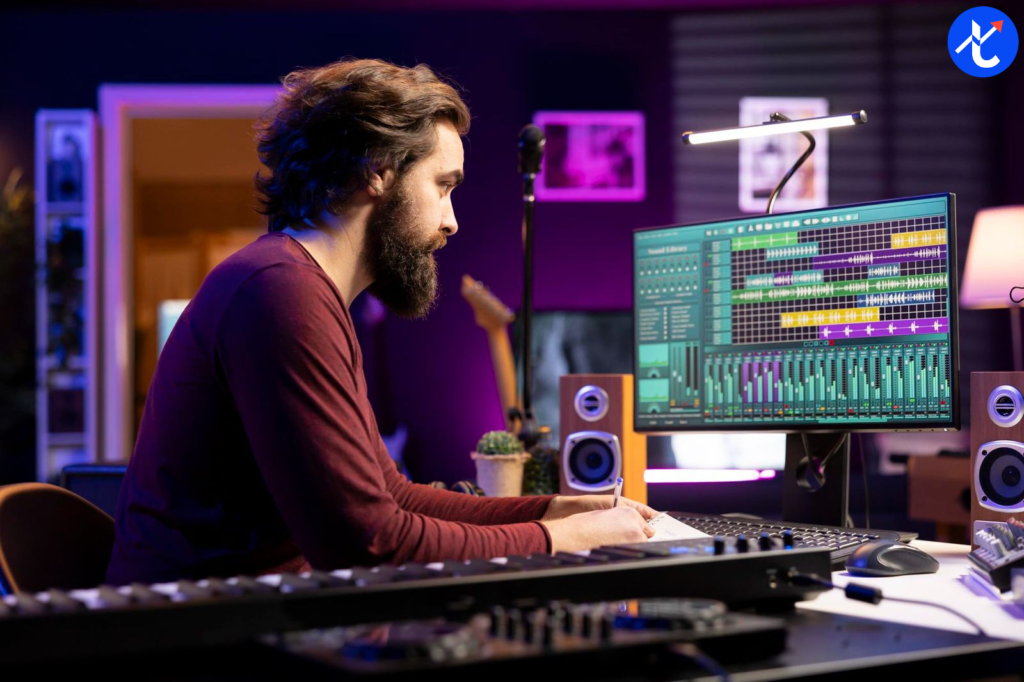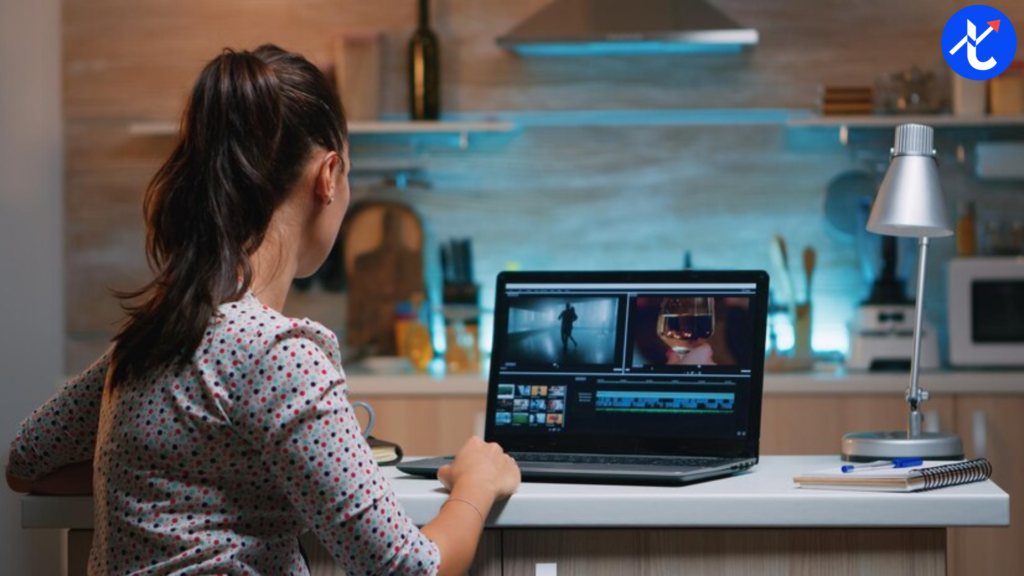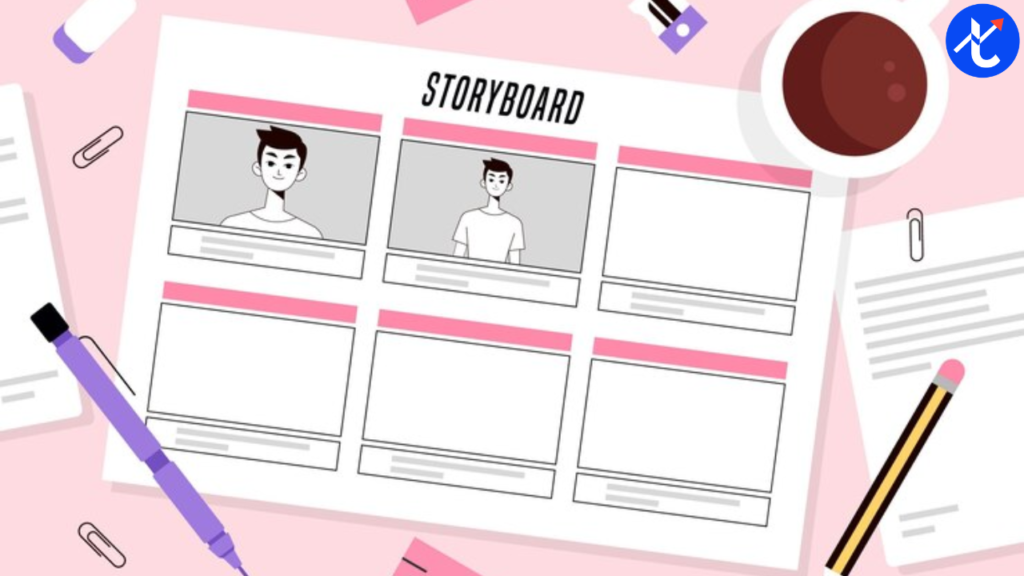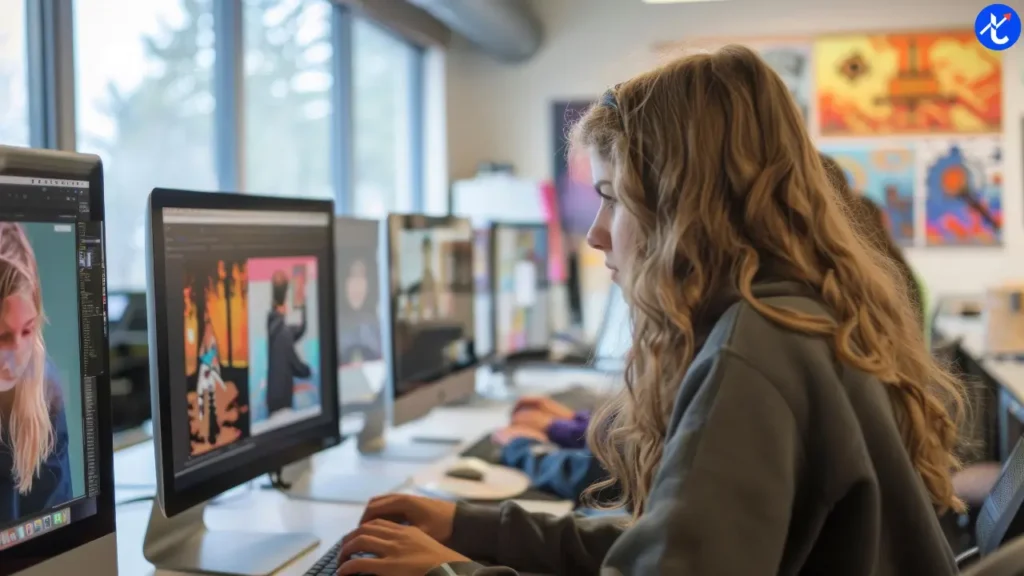Background music can make or break your content. Whether it’s a video, podcast, or advertisement, the right background music enhances emotional connection and professionalism. This blog explores how background music editing can elevate your content to captivate your audience.
The Role of Background Music in Content Creation
Why Background Music Matters
Background music isn’t just a filler; it’s a tool that sets the tone and mood for your content. It helps to:
- Establish an emotional connection.
- Retain viewer attention.
- Add a layer of professionalism.
Emotional Impact of Background Music
Imagine watching a suspenseful scene without eerie music. Background music amplifies emotions, making your content more engaging and memorable.
What Is Background Music Editing?
Key Techniques in Background Music Editing
Background music editing involves tailoring tracks to fit your content seamlessly. Techniques include:
- Trimming and looping: Ensuring the music fits the length of your content.
- Volume balancing: Keeping music audible but not overpowering dialogue.
- Transitions: Creating smooth shifts between different tracks.
Tools for Effective Background Music Editing
Modern sound editing tools, like Audacity and Adobe Audition, make it easy to edit music tracks. These tools provide features like noise reduction, equalization, and multi-track editing.
Shall I continue expanding the next sections, or do you want to make any adjustments to the flow or details so far?
How Music Editing Services Enhance Your Content
Professional Touch with Music Editing Services
Hiring professional music editing services ensures your content stands out. These experts:
- Tailor background music to suit your theme.
- Use advanced tools for precise editing.
- Save time while delivering top-notch results.
Professional services also guarantee polished audio, helping you avoid technical issues like abrupt transitions or uneven sound levels.
Benefits of Mixing and Mastering
Mixing and mastering are critical stages in music editing:
- Mixing involves combining multiple audio tracks for a balanced sound.
- Mastering polishes the final track for consistent playback across devices.
These processes ensure your background music sounds professional, no matter where it’s played.
DIY vs. Professional Music Editing Services
Using Sound Editing Tools at Home
For budget-conscious creators, sound editing tools are a great starting point. Tools like:
- Audacity (free, user-friendly)
- GarageBand (ideal for beginners)
- Adobe Audition (professional-grade editing)
These platforms allow you to edit background music with basic skills. However, they might lack the finesse of professional editing.
Advantages of Hiring Professionals
While DIY editing can work, professionals bring unmatched expertise:
- Experience in creating smooth transitions.
- Access to high-quality sound libraries.
- Skills in advanced techniques like noise reduction and equalization.
How to Choose the Right Sound Editor Online
Features to Look for in Sound Editing Tools
When choosing a sound editor online, prioritize tools that offer:
- Multi-track editing for layering sounds.
- Noise cancellation to remove background noise.
- Preloaded effects to enhance your tracks.
- Cloud storage for easy access to your files.
Top Online Platforms for Music Editing
Some of the best platforms for online music editing include:
- Soundtrap: Collaborative, cloud-based editing.
- BandLab: Ideal for beginners and offers free features.
- Landr: Specializes in AI-powered mixing and mastering.
Common Mistakes in Background Music Editing and How to Avoid Them
- Overpowering Background Music
- Solution: Keep music subtle and complementary.
- Solution: Keep music subtle and complementary.
- Unbalanced Sound Levels
- Solution: Use volume automation to achieve harmony.
- Solution: Use volume automation to achieve harmony.
- Choosing the Wrong Music
- Solution: Always align music with your content’s tone and message.
- Solution: Always align music with your content’s tone and message.
- Abrupt Transitions
- Solution: Use fade-ins and fade-outs for smoother shifts.
Wrap-Up: The Power of Background Music Editing
Background music editing is not just a technical skill; it’s an art that holds immense power in shaping the overall impact of your content. Whether you’re creating a promotional video, a podcast, or a social media reel, background music has the ability to elevate your content, make it more engaging, and connect with your audience on a deeper emotional level.
- Background music editing transforms ordinary content into an engaging experience.
- Whether you’re a DIY enthusiast or hiring professionals, mastering this art is essential for content creators.
- By focusing on tools, techniques, and proper execution, you can create captivating content that resonates with your audience.
Frequently Asked Questions (FAQs)
- What is background music editing?
Background music editing involves customizing music tracks to complement your content. - Why is background music important in videos?
It enhances emotional connection, professionalism, and viewer engagement. - Can I edit background music myself?
Yes, with tools like Audacity, GarageBand, and Adobe Audition, you can edit music at home. - What are mixing and mastering in music editing?
Mixing balances audio tracks, while mastering polishes the final output for consistent playback. - What tools do professionals use for music editing?
Professionals use software like Pro Tools, Logic Pro, and Adobe Audition. - How can I balance background music with dialogue?
Use volume automation and ensure dialogue is always clear and audible. - What are the best online platforms for music editing?
Soundtrap, BandLab, and Landr are popular choices for online editing.





